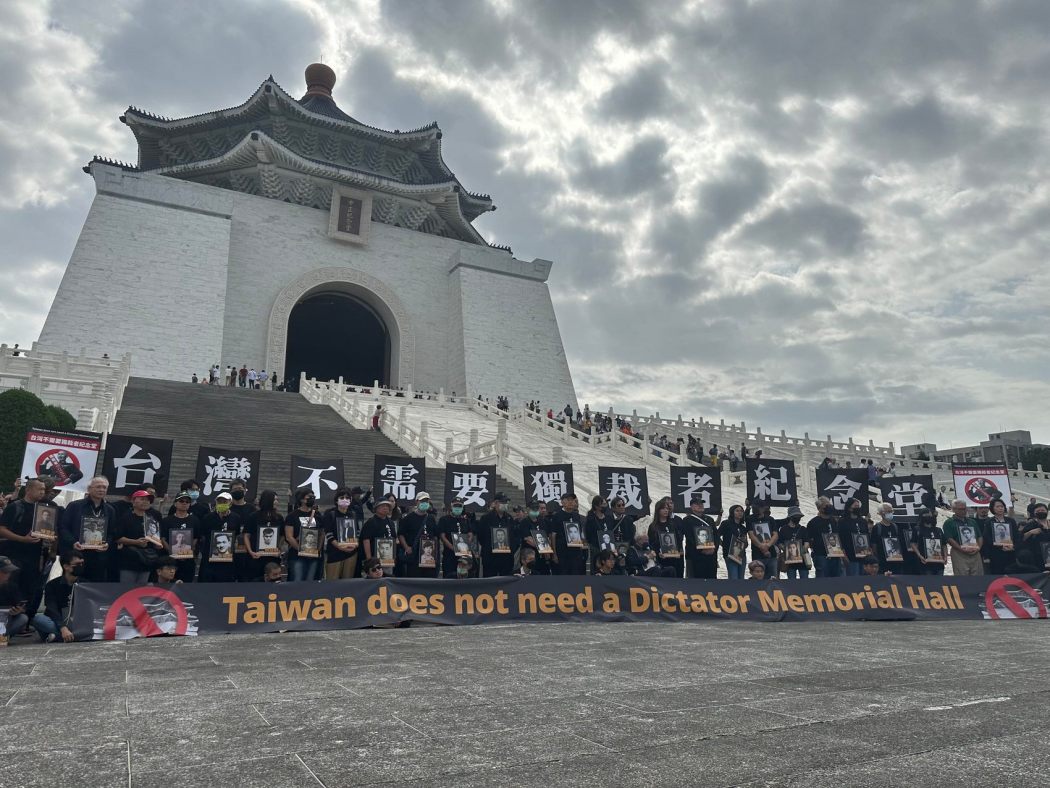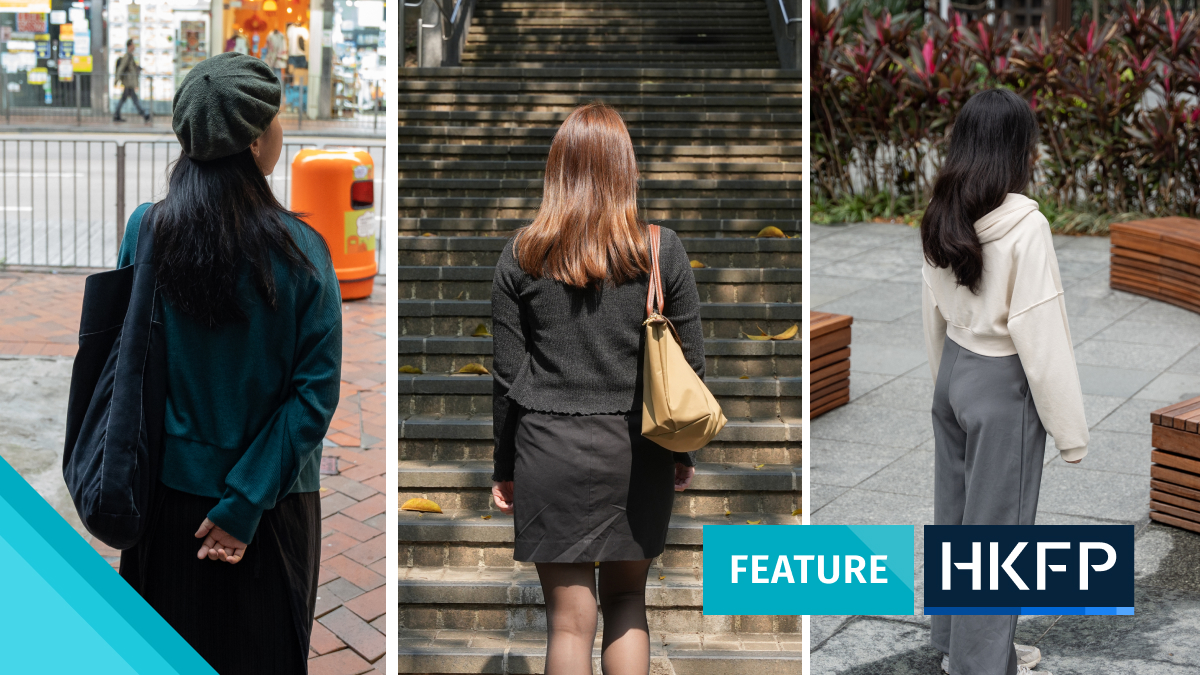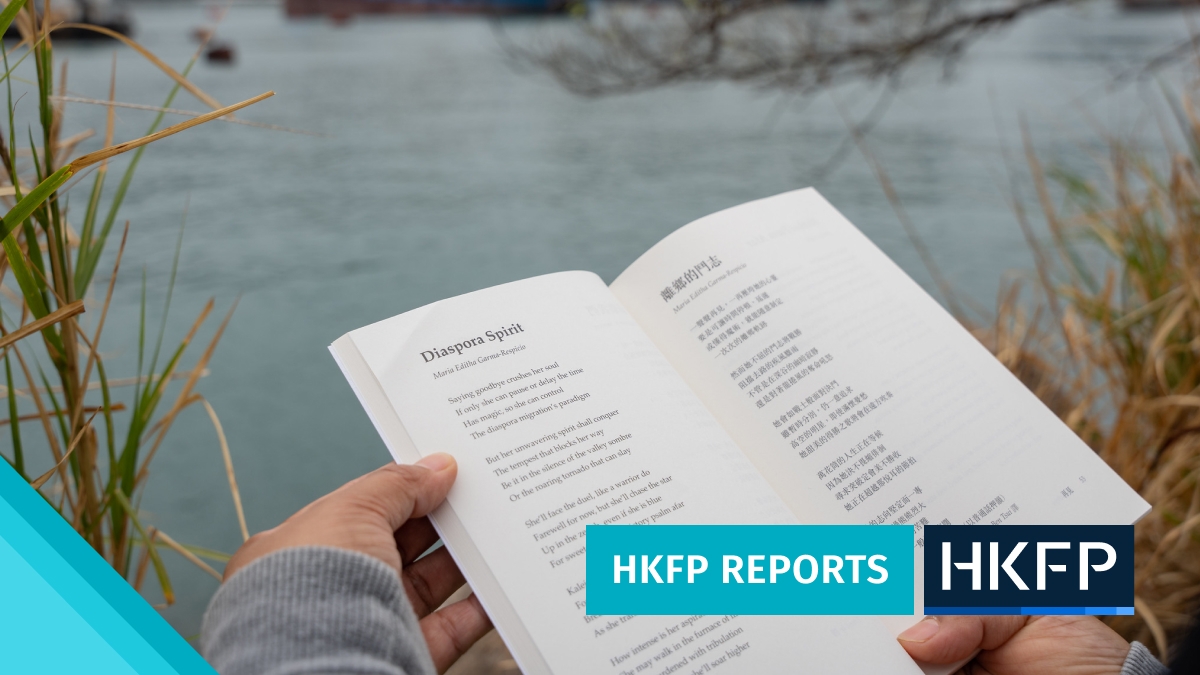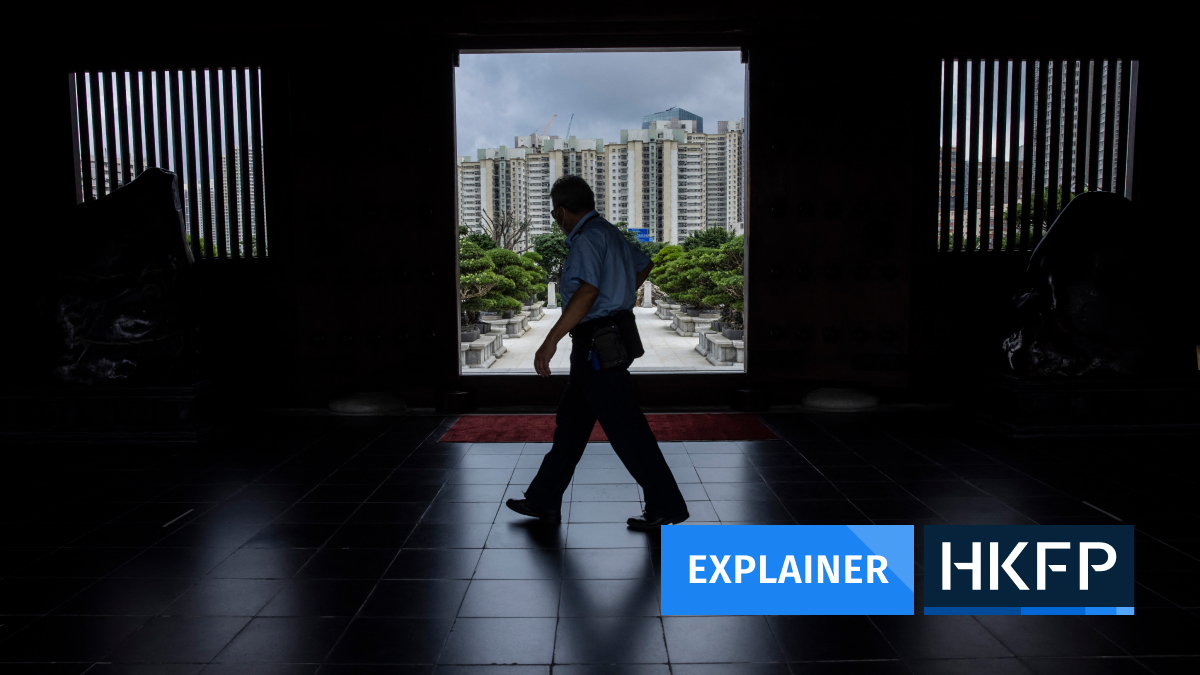Tucked away in a remote area of New Taipei City’s Xindian district, visitors to a former political prison gaze on a succession of concrete buildings, empty cells, and propaganda messages from Taiwan’s martial law era.

At the entrance to what is now a park, Chinese characters reading “fair” and “uncorrupted” welcome visitors. “Almost nothing has changed,” said Fred Chin, 74, who recalls entering the prison for the first time at age 21. “I read the characters, and I thought I would finally be released.”
Instead, he was locked up for 12 years.
Walking down a gloomy corridor, the former political prisoner came to his old cell. Speaking softly, he described its sparse fittings and how depressed it made him feel.
It was not his first return visit. Since 2011, he has volunteered as a guide at what is now the Jing-Mei White Terror Memorial Park. “When you open your heart, the pressure releases, and eventually you find some happiness to tell your story to the public,” he said.

Chin was among about 200,000 victims of Taiwan’s authoritarian period, but is one of the few still alive and willing to talk about his experience. Born in 1949 in Malaya, which is now Malaysia, he first set foot on the island in 1967 as a foreign student in the city of Tainan.
Three and a half years later, a man came to his dorm and sent him to Taipei. There, he was beaten, tortured, and forced to write a confession, supposedly admitting he had planned an explosion at the Tainan American News Agency. When someone else confessed to the blast , he was forced to write another confession, this time falsely claiming he had joined the Communist Party of Malaya.
Two weeks later, he would be transferred to Jingmei Prison. “I stayed one year and a half in this cell, in the dark. I was dead inside; I saw no hope,” he recalled. Later, he was transferred to Green Island in the southeast for another eight and half years, and finally to a re-education centre for two years.

“After my release in 1983, I didn’t want to say anything about the past,” Chin said. It was not until 2009 that he finally opened up.
“Someone called me insistently to ask me questions. I finally felt like I couldn’t escape, so I ended up accepting the interview. I couldn’t sleep for a couple of weeks afterwards.”
Later, he found a reason to tell his story: “to give the younger generations a chance to learn something about the past.” A way for them to preserve the hard-earned democracy and freedom they enjoy today.
From 1949 to 1987, Taiwan lived under a martial law regime in which dissidents and presumed dissidents were jailed, tortured or otherwise suppressed, a period which historians call the White Terror.
After the lifting of martial law in 1987, Taiwan slowly transitioned to democracy. Since 2007, the former Jingmei Military Detention Centre has been a place of remembrance, hosting many exhibitions and welcoming artists linked directly or indirectly with the years of repression.
On the day Chin spoke to Hong Kong Free Press, the former prison was launching its latest installation: a collection of photos, art, books, and artifacts belonging to the victims of the authoritarian period. Many former prisoners, now in their eighties or nineties, were invited to the opening.

Transforming the relics of the former regime into museums was not always an obvious choice for Taiwan’s government. It was not until 2002, two years after the Democratic Progressive Party (DPP) came into power for the first time, that Green Island Prison was opened to visitors. “Originally, this place was supposed to become another prison. It is not exactly how it used to be,” said Lee Chih-sheng, director of the Green Island Memorial Park.
This month, the former Ankang Reception House, where dissidents were subjected to mental and physical torture, will be opened to the public for the first time. But much of what remained from the White Terror era is in ruins since the period remains highly sensitive.
One of the main points of contention is the status of Chiang Kai-shek Memorial Hall. The monument to the former authoritarian leader, in a giant square in the centre of Taipei, attracts thousands of tourists each year.
Many activists and civil servants believe it should be transformed into a museum devoted to democracy. Some even call for the giant statue of Chiang Kai-shek to be dismantled, and want the government to stop spending money on a memorial to a dictator.
On October 30, about 50 people walked the steps of the memorial holding pictures of deceased victims of the White Terror. “The author of crimes shouldn’t have a memorial at the centre of Taipei,” said Oo Ka-Eng. “This place has to be destroyed,” she added, with tears in her eyes.
Fred Chin, who was also present, believes like many others that the memorial hall should be transformed.

“For victims of the White Terror and their relatives, knowing that the country is spending so much money protecting this big statue is an insult,” said Chen Jun-hong, a professor of human rights at Soochow University in Taipei and the former director of Taiwan’s human rights museum. “In Germany some people still worship Hitler, but the state won’t use public money to please the worshippers.”
The comparison would not please everyone. Members of the Kuomintang (KMT), the party that ruled Taiwan during the White Terror era, still see Chiang Kai-shek as a war hero. “I know innocent people were involved,” Alexander Huang, the party’s director of international affairs, said when asked about the era.
“But we shouldn’t use the short period of White Terror to eliminate Chiang Kai-shek’s contribution to the Republic of China. He led our country to victory in World War II.”
Today, the KMT is the island’s main opposition party. While the DPP, in power since 2016, considers Taiwan effectively as an independent island, the KMT envisions a future with mainland China.
“We have a long-term objective to bring democracy to the whole of China,” said Huang. But as a former authoritarian party, some doubt its commitment to democracy.
Transitional justice
From 2018 to 2022, the Tsai Ing-wen administration sponsored a transitional justice commission to investigate abuses between 1945 and 1992, though for many activists, it did not go far enough.
With a presidential election in January, Huang said he deplored using the White Terror period and transitional justice as political tools to disrupt his party. “I do believe that there were wrongdoings that have since been corrected. I think we should write what happened in the history textbooks. But I don’t think we should use this period of time to say, ‘this is why you should not vote for the KMT’.”
Huang sees the DPP as taking advantage of this period for political purposes and rubbing salt in the island’s wounds. “For the most part, justice has been served already,” he said.

“The KMT interprets transitional justice as revenge,” said Chen Jun-hong, a professor dedicated to investigations and education about the White Terror era. He said the aim was not to bring perpetrators to justice, since most are already dead, but to let society know the truth.
“The important thing is that the country knows in which year we did what wrong. This is the only way to commit not to let these things happen again. […] The goal of transitional justice is to understand, for example, these political organs, how they investigated, did they practice torture? We are trying to have a comprehensive picture. Only by looking at how this system operated can we implement reform.”
From next year, education on transitional justice will be part of the curriculum in high schools. Chen conceded that many educators were alarmed at the move. “Some think this is too political, that the government is dictating an ideology to them and giving a negative opinion of the KMT.”

Through talking to his university students, Chen has become aware how sensitive this topic can be. “At the beginning the students have no particular interest in White Terror or transitional justice. Some never heard of the story, some think it is a partisan topic. But once they get in touch with concrete material, it changes. They become really devoted.”
To encourage people to learn about the past in a more neutral way, Chen focuses on what he calls cultural intervention. “I use fiction, movies or exhibitions to explain this past to the students so they don’t feel like we are talking about the KMT,” he said.
With Soochow University situated in Shilin, an area where many relics of the White Terror remain, Chen and his students create maps linking stories and monuments from the period.
Victims of the era say items and artwork collected by academics and students help them deal with the trauma of their past. “One of the reasons why the two national human rights museums were originally established was to restore this period of history. We also hope that through such a restoration, we can bring relief to those who suffered,” said Lee Chih-sheng, the director of Green Island memorial park.

“I don’t have any nightmares anymore,” said Fred Chin, who has found relief in sharing his story with the public. He never knew the real reason for his arrest but has stopped looking for a culprit.
“I totally walked away from the pain. I let this story be part of myself.”
Support HKFP | Policies & Ethics | Error/typo? | Contact Us | Newsletter | Transparency & Annual Report | Apps
Help safeguard press freedom & keep HKFP free for all readers by supporting our team

Original reporting on HKFP is backed by our monthly contributors.
Almost 1,000 HKFP Patrons made this coverage possible. Each contributes an average of HK$200/month to support our award-winning original reporting, keeping the city’s only independent English-language outlet free-to-access for all. Three reasons to join us:
- 🔎 Transparent & efficient: As a non-profit, we are externally audited each year, publishing our income/outgoings annually, as the city’s most transparent news outlet.
- 🔒 Accurate & accountable: Our reporting is governed by a strict Ethics Code. We are 100% independent, and not answerable to any tycoon, mainland owners or shareholders. Check out our latest Annual Report, and help support press freedom.
- 💰 It’s fast, secure & easy: We accept most payment methods – cancel anytime, and receive a free tote bag and pen if you contribute HK$150/month or more.
MORE Original Reporting
HKFP has an impartial stance, transparent funding, and balanced coverage guided by an Ethics Code and Corrections Policy.
Support press freedom & help us surpass 1,000 monthly Patrons: 100% independent, governed by an ethics code & not-for-profit.









